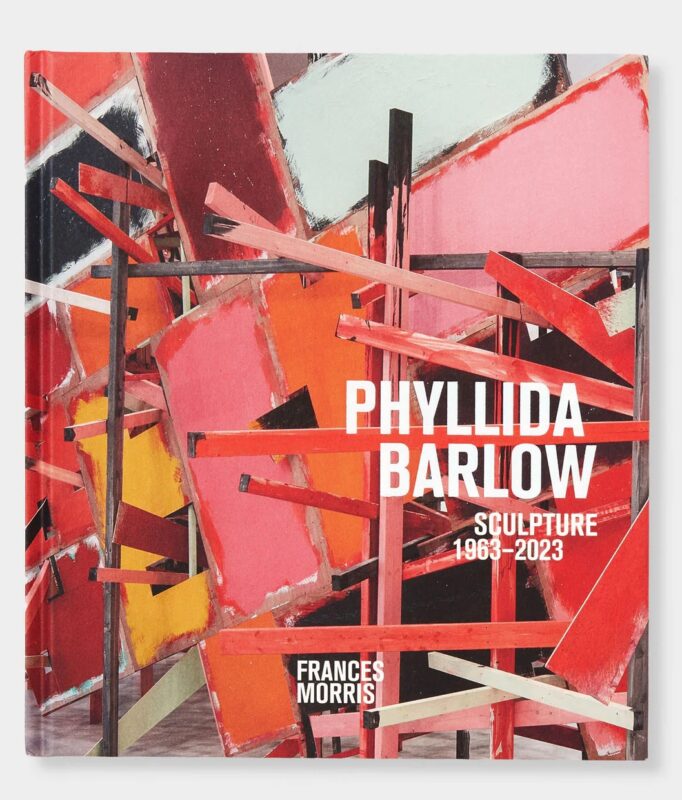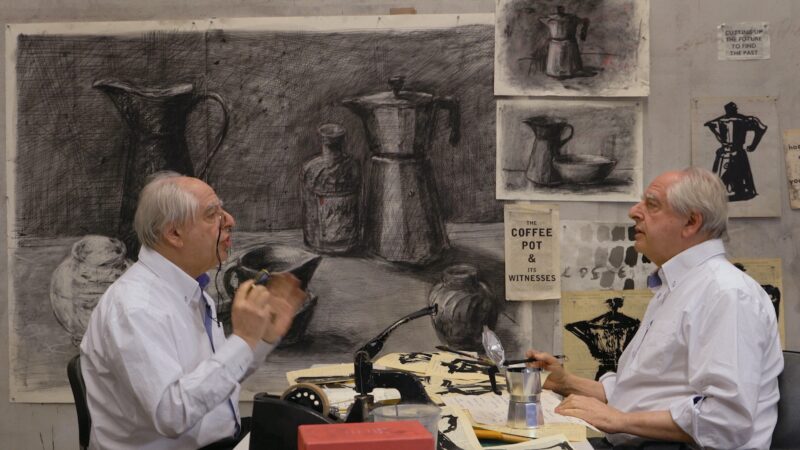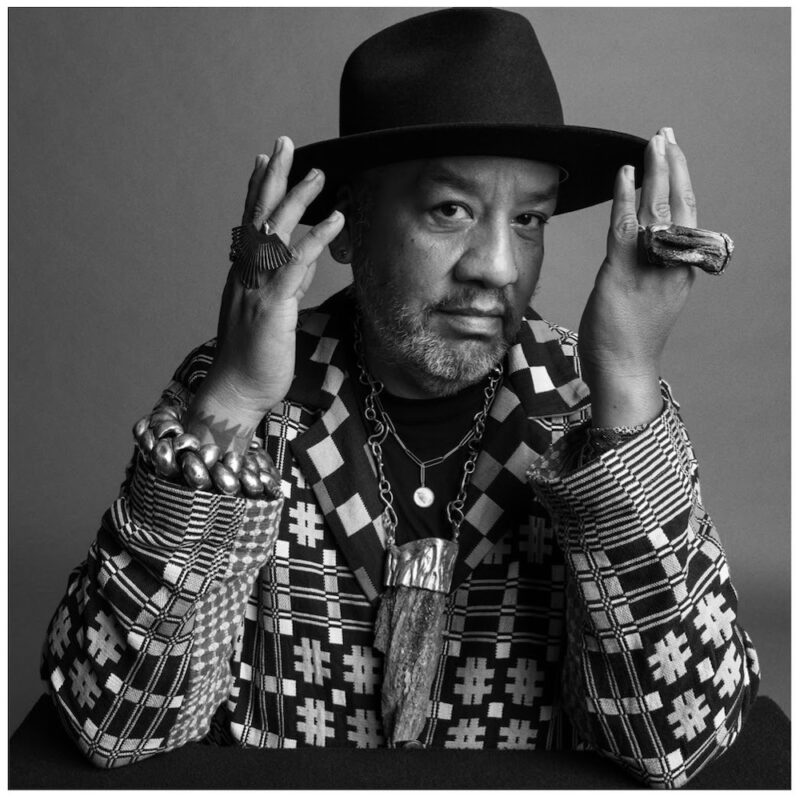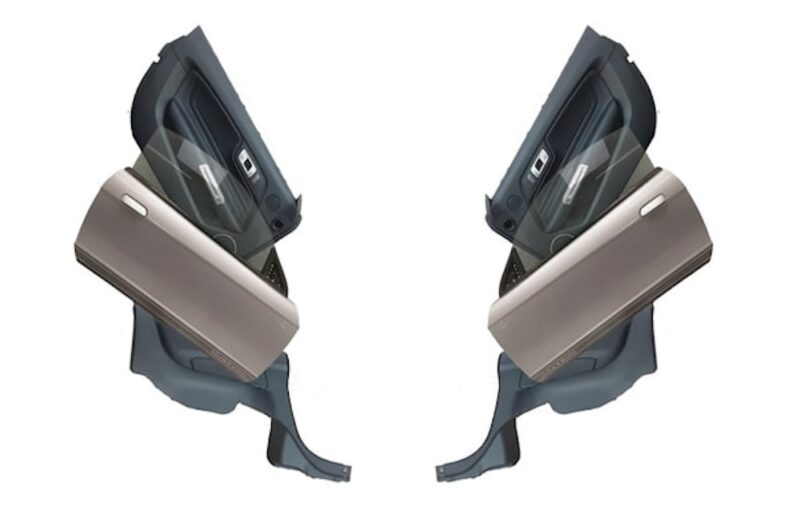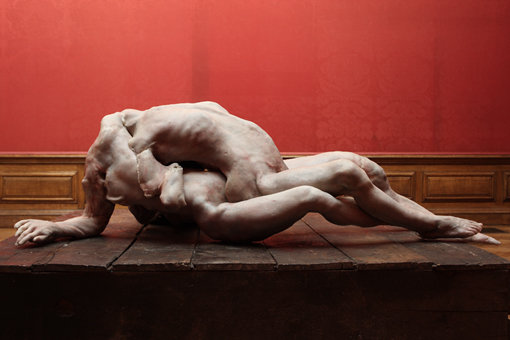
3 April – 2 May 2009, Hauser & Wirth London, Old Bond Street
‘We are all Flesh. Berlinde De Bruyckere Luca Giordano’ is a collaboration between Hauser & Wirth and P. & D. Colnaghi & Co. Ltd.
Berlinde De Bruyckere has made a major new sculpture inspired by the paintings of Baroque Neapolitan artist Luca Giordano. Her themes are those that have always confronted humanity: suffering, loneliness, death and remembrance. She revisits religious and mythological subjects, re-imagining motifs from art history, yet her works possess a powerful resonance, startling in their vulnerability and associative reach. Deploying emotive and uncannily realistic materials — wax, wood, iron, wool, hair and the hides of horses — her figurative sculptures are life-like yet unnaturally distorted.
Her new work is a wax sculpture of male figures, their disturbingly conjoined bodies forming a symbiotic dialogue with two pieces by Giordano, Saint Bartholomew and Prometheus Bound (both made circa 1660). These paintings each depict a muscular shackled male figure in the throes of torture, their strained flesh lit up against surrounding darkness. Using heavy chiaroscuro to emphasise the figures’ anatomy, the works possess a naturalism and dynamism that over 300 years after their execution seems contemporary.
In contrast to Giordano’s gleaming bodies portrayed within well-known gruesome stories, De Bruyckere is emphatically not a narrative artist: her works present the body as perishable and fragmented, eerily incomplete. Flesh resembles meat in her new sculpture — wrinkled, scarred and slack yet bizarrely autonomous. The incredible verisimilitude that she works into her forms — the translucent depth of skin tones and intricate landscape of surface details that pock and individualise each being — attest to painstaking care and empathy. Intolerably mutated, De Bruyckere’s forms shock then absorb the viewer through their disquieting beauty. “On one hand,” she has said, “I shoot disconcerting questions at the spectator, to which I do not give any reassuring answers; on the other hand, the presence of human characteristics in my figures is familiar, and therefore comforting.”
Berlinde De Bruyckere (born Ghent 1964) won international acclaim at the 2003 Venice Biennale, when her sculptures were shown in the Italian Pavilion. Recent solo shows include Espace Claude Berri, Paris (2008), Galleria Continua, San Gimignano (2007), Museum Moderner Kunst Kärnten, Klagenfurt (2007) and Royal Academy of Fine Arts, Ghent (2007). Her numerous group shows include the 3rd Moscow Biennale of Contemporary Art (2009), ‘Artempo – Where Time Becomes Art’, Palazzo Fortuny, Venice (2007) and the 4th Berlin Biennial for Contemporary Art (2007). This is the second exhibition of her work at Hauser & Wirth London. Berlinde De Bruyckere lives and works in Ghent.
Luca Giordano (Naples 1634-1705 Naples) was one of the most celebrated artists of the 17th century, producing religious and mythological paintings as well as many decorative fresco cycles in both churches and palaces. Giordano’s early works, produced in his native Naples, show the influence of the powerful and sometimes dark art of Caravaggio and Jusepe de Ribera. From the 1650s onwards, Giordano travelled extensively in Italy and absorbed the ideas of other schools of painting, most notably that of Pietro da Cortona and such 16th century Venetian masters as Titian and Veronese. He developed an individual style characterised by a new sense of dazzling light and colour, and of movement and dramatic action, which was to anticipate Rococo art of the 18th century. Giordano worked in Naples, Venice, Florence and Madrid, and enjoyed great success throughout Europe.
